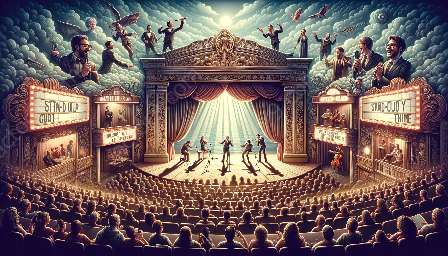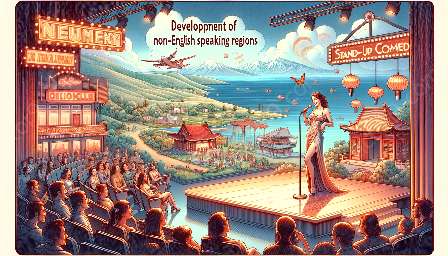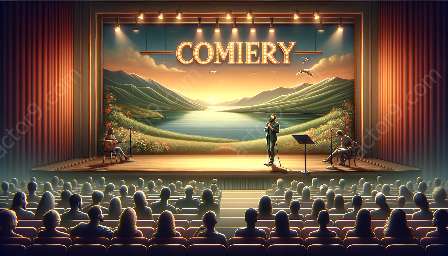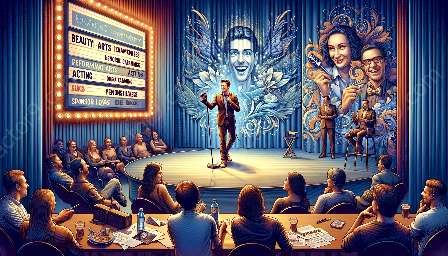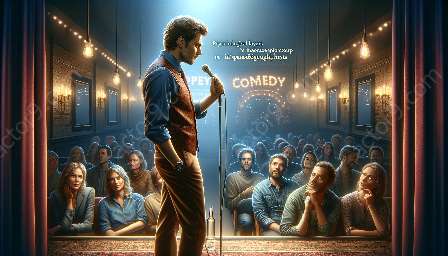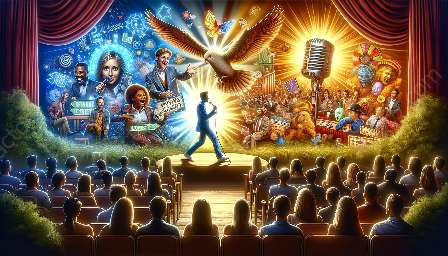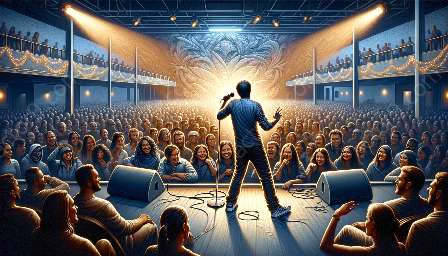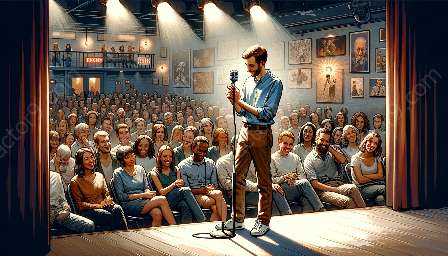Stand-up comedy is an art form that combines humor, storytelling, and performance to entertain audiences. Within the business of stand-up comedy, effective storytelling is a powerful tool for comedians to engage their audience, connect with them on a personal level, and deliver memorable performances.
1. Understanding the Importance of Storytelling in Stand-Up Comedy
Storytelling is a fundamental aspect of stand-up comedy that allows comedians to share personal experiences, observations, and insights in a compelling and relatable manner. By weaving stories into their material, comedians can create a more immersive and memorable experience for their audience, establishing a deeper connection that goes beyond just delivering jokes.
2. Connecting with the Audience
Effective storytelling in stand-up comedy enables comedians to connect with their audience on an emotional level. By sharing authentic and relatable stories, comedians can evoke empathy, laughter, and a sense of shared experience, leading to a more memorable and impactful performance.
3. Developing Engaging Narratives
Comedians can use storytelling to develop engaging narratives that captivate their audience. By structuring their material as a narrative arc, comedians can build tension, humor, and emotional resonance, creating a compelling journey for their audience to follow.
4. Utilizing Humor within Stories
Storytelling allows comedians to infuse humor into their material in a natural and organic way. By integrating comedic elements into their stories, comedians can elicit genuine laughter from their audience while maintaining the authenticity and emotional impact of the storytelling.
Effective Storytelling Techniques for Comedians
1. Authenticity and Vulnerability
Authenticity and vulnerability are key elements of impactful storytelling in stand-up comedy. Comedians can connect with their audience by sharing genuine and vulnerable moments from their own lives, creating a sense of intimacy and relatability.
2. Emotional Dynamics
Understanding and utilizing emotional dynamics within storytelling is essential for comedians. By effectively engaging with a range of emotions, including humor, joy, surprise, and even vulnerability, comedians can create a multifaceted and engaging storytelling experience for their audience.
3. Timing and Pacing
The timing and pacing of storytelling are critical for successful stand-up comedy. Comedians must master the art of delivering their stories with an appropriate rhythm and timing to maximize comedic impact and maintain audience engagement.
4. Relatability and Universality
Great storytelling in stand-up comedy resonates with audiences on a personal level while also maintaining universality. Comedians can achieve this by selecting stories that tap into common human experiences and emotions, making their material accessible to a wide range of audience members.
Conclusion
Storytelling is a powerful tool in the business of stand-up comedy, enabling comedians to connect with their audience, evoke genuine emotions, and create unforgettable performances. By mastering the art of effective storytelling, comedians can elevate their material, engage their audience, and leave a lasting impression in the competitive world of stand-up comedy.


